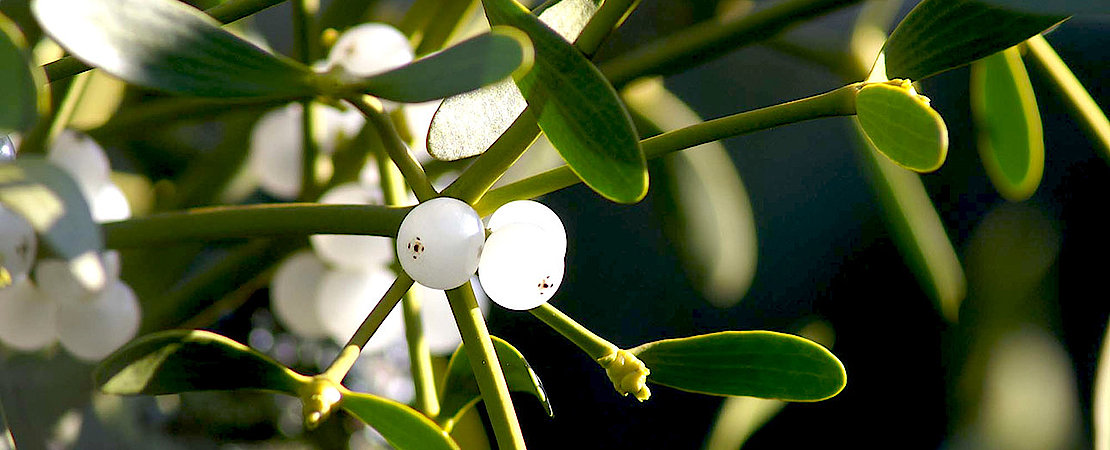Mistletoe therapy for ovarian cancer
- Influence of long-term mistletoe therapy on survival time and self-regulation of patients with ovarian cancer – prospective, controlled cohort studies in matched-pair design
- Effects of complementary mistletoe therapy on the quality of life of patients with breast, ovarian and non-small cell lung cancer – a prospective randomised controlled clinical trial
A case report on this type of tumour has also been published.
Last update: June 15th, 2023/AT1
Influence of long-term mistletoe therapy on survival time and self-regulation of patients with ovarian cancer – prospective, controlled cohort studies in matched-pair design
Grossarth-Maticek and Ziegler 2007 [145]
Patients and methods
This prospective, controlled cohort study in matched-pair design was part of a comprehensive long-term epidemiological study involving 10,226 cancer patients investigating various factors related to the course of the cancer disease. Therapy with mistletoe extracts was one of the investigated factors, since 1,668 patients reported using mistletoe extracts.
The influence of mistletoe therapy on psychosomatic self-regulation and survival time was analysed separately according to each tumour entity. The comparability of the two therapy groups (with and without mistletoe therapy) for the respective tumour entity was achieved by forming matched pairs.
In this way, 910 patients with ovarian cancer who had given consent were analysed. A total of 363 patients without mistletoe therapy and 144 patients with mistletoe therapy were identified who were free from distant metastases. Of these 507 patients, only 75 pairs could be formed due to the strict pair formation criteria. Of the patients with distant metastases, 101 received mistletoe therapy and 302 patients did not. Of these 403 patients only 62 pairs could be formed. The patient pairs were included in the long-term survival analysis of these two non-randomised cohort studies.
In a further step, pairs were formed within the remaining group of patients without mistletoe therapy according to the same criteria. 21 pairs of patients without distant metastases and 20 pairs of patients with distant metastases were formed. Each pair was randomised individually and one of the two patients of each pair was recommended by the attending physician to use the mistletoe extract Iscador. These patient pairs were also included in the long-term survival analysis of these two randomised studies.
Results
Patients with metastatic ovarian cancer who additionally received mistletoe therapy had a significantly longer survival time than the control group (p = 0.033). In contrast, mistletoe therapy had no significant effect on overall survival in patients with non-metastatic ovarian cancer (hazard ratio, HR = 0.40 and 0.33).
In the non-randomised matched-pair study on overall survival, the hazard ratio was 0.47 (p < 0.001) in patients without distant metastases; in patients with distant metastases the HR was 0.62 (p = 0.077). Mistletoe therapy thus had a positive effect on overall survival; the result was significant in the group without distant metastases.
In the randomised matched-pair study on overall survival the hazard ratio was 0.40 (p = 0.058) in patients without metastases; in the study with metastases it was 0.33 (p = 0.033), i.e. the result was significant in favour of the mistletoe therapy group and in the group with distant metastases.
Over the course of one year, psychosomatic self-regulation also improved significantly in patients in the mistletoe therapy group compared to the control group (HR = 0.30; p = 0.026).
Conclusion
Mistletoe extracts administered in addition to basic oncological treatment had a positive effect on survival time in patients with ovarian cancer. Psychosomatic self-regulation also increased more significantly in the mistletoe therapy group than in the control group.
Last update: June 15th, 2023/AT1
Effects of complementary mistletoe therapy on the quality of life of patients with breast, ovarian and non-small cell lung cancer – a prospective randomised controlled clinical trial
Piao et al. 2004 [31]
The results of this study for patients with ovarian cancer are discussed in the section on breast cancer.
Last update: June 15th, 2023/ABT1
